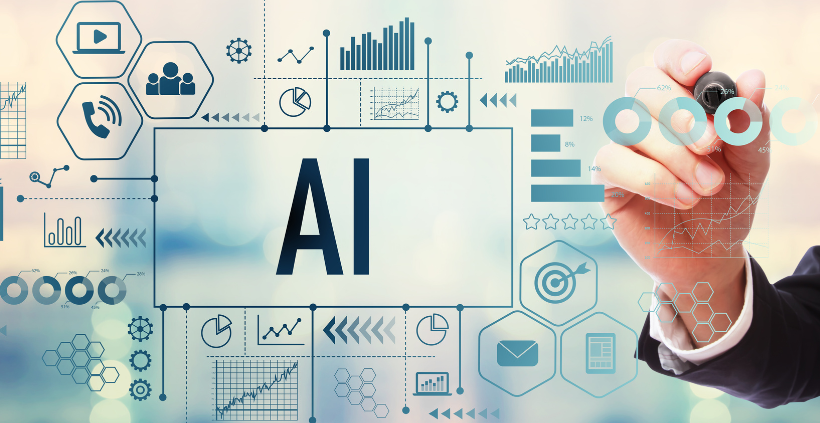Unveiling the Risks of Employer-Utilized AI Programs
In the ever-evolving landscape of technology, artificial intelligence (AI) has emerged as a transformative tool in various industries. One sector where AI’s impact is particularly significant is human resources, where AI programs are increasingly used by employers for tasks such as recruitment, hiring, and performance evaluation. While these AI-powered tools promise efficiency and objectivity, there is a growing concern about the potential for discriminatory outcomes, leading to Title VII discrimination claims.
Title VII of the Civil Rights Act: A Brief Overview
Title VII of the Civil Rights Act of 1964 is a landmark federal law in the United States that prohibits discrimination in employment on the basis of race, color, religion, sex, or national origin. Its intent is to ensure equal opportunities for all individuals in the workplace, regardless of their protected characteristics. The law applies to employers with 15 or more employees and covers various aspects of employment, including recruitment, hiring, promotion, and termination.
AI in the Hiring Process: Promise and Peril
Employers have turned to AI-powered programs to streamline the hiring process. These tools can help sift through large volumes of resumes, identify qualified candidates, and even conduct initial interviews using natural language processing. However, concerns arise when AI algorithms inadvertently replicate or exacerbate biases present in historical hiring data.
AI algorithms learn from historical data, which means they can inherit any biases present in that data. For example, if a company’s historical hiring data reflects a bias against a particular gender or ethnicity, an AI program trained on that data could perpetuate those biases, leading to discriminatory outcomes. Such outcomes are a direct violation of Title VII’s mandate for equal employment opportunities.
The Unseen Bias: How Discrimination Creeps In
The subtlety of AI-driven discrimination is a cause for concern. Unlike overt acts of bias, AI systems’ biases might remain hidden beneath layers of algorithms and mathematical complexities. This can make it difficult for both employers and employees to identify and rectify discriminatory practices. As a result, a qualified candidate might be unfairly rejected, or an employee’s performance might be evaluated unfairly, solely due to the biases entrenched in an AI program.
Challenges in Holding AI Accountable
Proving discrimination claims stemming from AI systems can be challenging. Unlike human decisions, AI algorithms lack subjective intent. This means that while the outcome might be discriminatory, proving the algorithm’s intent to discriminate is complex. Employers might claim that they acted in good faith by relying on technology that they believed to be objective and unbiased.
Mitigating the Risks and Ensuring Compliance
To minimize the potential for Title VII discrimination claims arising from AI programs, employers must take proactive measures:
Diverse and Comprehensive Training Data: Ensure that the training data used to develop AI algorithms is diverse and representative of the entire applicant pool. This can help reduce the risk of inheriting historical biases.
Regular Audits: Continuously assess AI algorithms for potential bias and discriminatory outcomes. Regular audits can identify and address bias that may have developed over time.
Human Oversight: Integrate human oversight into AI processes. While AI can aid decision-making, having human reviewers can provide a check against algorithmic biases.
Transparency and Accountability: Make AI decision-making transparent and explainable. Employees and applicants should understand how decisions are being made and have a recourse if they suspect bias.
Ongoing Education: Educate HR professionals and decision-makers about the limitations and potential biases of AI systems. This awareness can help them make more informed and fair decisions.
While AI programs offer significant benefits to employers, they also present potential risks when it comes to Title VII discrimination claims. Striking a balance between efficiency and fairness requires careful consideration of the design, implementation, and oversight of AI systems. As technology continues to advance, it is imperative that employers remain vigilant in upholding the principles of equal opportunity and non-discrimination in the workplace. Only by addressing these challenges head-on can employers harness the potential of AI without compromising the principles enshrined in Title VII of the Civil Rights Act.






